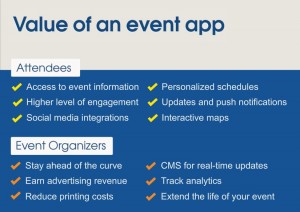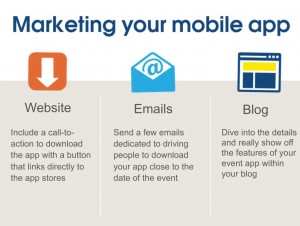Now an oft-booked speaker and adjunct college professor, my brand is currently undergoing an overhaul. Nowhere is that more apparent than the Designated Editor blog. If you’ve been following along through the past 230 posts, you may appreciate that I usually report on highlights from conferences, presentations, and webinars, such as
- South by Southwest Interactive
- OMMA Social
- Search Engine Strategies
- SEO Meetup
- Newport Interactive Marketers.
While the blog will still offer highlights and digests from events you may have missed, this part of the Designated Editor brand transformation is well overdue. At least monthly, you can expect more thought leadership, sharing my insights on new media.
After 4 years of attending conferences, reading and reviewing social media books for the Designated Editor YouTube channel, plus curating content for two semester-long university courses, there’s much to contribute to the conversation.
But first, and clients who work with Designated Editor know this already, I’m committed to sharing my insights. I realized my proverbial roof was leaking, and sought support to enhance the Designated Editor brand. For the past few months, the team has been working on a new look for the website.
And, while I’ve known book coach Lisa Tener for years now, I finally committed to writing a book. As I write this, we’re midway through the 8-week award winning Bring Your Book to Life Program, so I’d like to share some insights.
First, the goal is to have a first draft in 8 weeks, which is aggressive, especially while teaching at Framingham State University. But, Lisa offers a great deal of support. The accountability and check-in systems she integrates into the class are designed to ensure you don’t just let things slide.
More importantly, however, are Lisa’s insights into the industry. As most readers know, I’m steeped in daily newspapers, far different from publishing.
Here are a few highlights from Lisa’s Bring Your Book to Life Program that you can apply to your writing projects and more
It’s OK to have holes
Research, as I often tell my clients, is time-consuming. Best is to get the bulk of writing done and fill in the gaps. It’s so much easier to write while in flow and skip a section or statistic to look up. How many times have you stopped to look something up, then checked email, then Twitter, Facebook, Google+, and where was I 45 minutes ago?
Being disciplined about writing times
Especially if you’re your own boss, it’s easy to get interrupted. Lisa reminds us that completing the first draft is our #1 priority. For me, this means structuring Newport Interactive Marketers events and promotion around the book; meeting with and completing client work outside of book-writing hours; going away on a retreat weekend to ensure I’m where I need to be.
Putting off what doesn’t need to be done
Lisa cites housecleaning as an example. That doesn’t work for me; messy environment means distractions. It does mean letting the Designated Editor site launch sit a bit longer until I have my first draft done and can more fully attend to the launch. It also has social implications; Lisa cites an example of a workshop attendee who found that when she set boundaries with negative people because of her book, it benefited the rest of her life as well.
For now, I’m not as active on my social media platforms as I once was. I was sharing more tips and great reads on LinkedIn and Twitter, but I’ve downshifted to simply interacting with people who are engaging with me. It’s not forever, but a book is. That’s a trade-off I’m willing to accept. And now, at least, Designated Editor blog readers will understand. Maybe I should I tweet it, too, now?
Considering Writing a Book? Dial into Lisa Tener’s Free Teleseminar on March 19.
Curious which crossroads your brand is at and what strategies and tactics are working for you (or not)?
Looking forward to sharing more,
Suzanne



